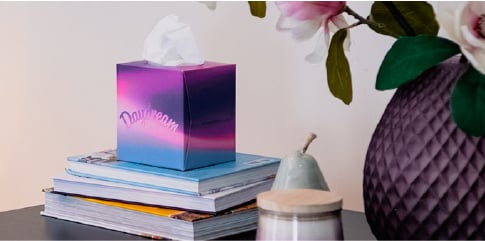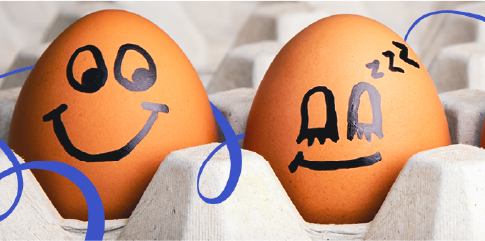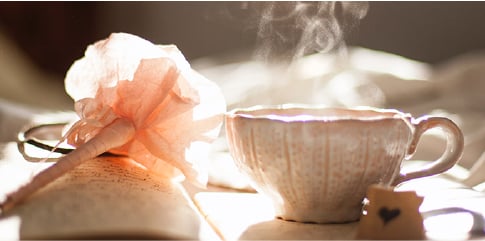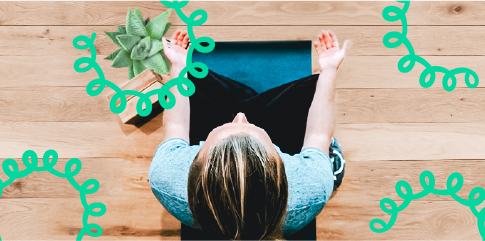What is mindfulness?
Some of us may define Mindfulness as a way of being able to be aware in the present moments in our lives every single day, such as through our surroundings, or looking at ways for reducing feelings of being overwhelmed by what is happening around us.
Personally, my definition of mindfulness is being able to feel grounded and present in all areas of my life physically, mentally, emotionally and socially. I regularly take part in a mindfulness practice on my own and through a monthly group therapy in my local mental health and eating disorder services, plus many other mindfulness activities which i will explain further on in this blog. For me, this is a vital coping strategy to remain well with my mental health and eating disorder, manage life, stresses, and difficult events and remain in recovery.
How you choose to carry out practicing mindfulness is up to you, but the most important thing, I believe, is ensuring it is consistent. What works for one person may not work for another, so it’s about trying and exploring until you find the most effective strategies that are best.
What does mindfulness look like to me?
Personally, the most effective mindfulness activities that I have carried out are guided mindfulness practice, mindful walking and creativity.
-
Guided mindfulness practice
When I embark on a guided mindfulness practice, I use the app, Headspace. I find hearing the recorded voice that guides you through the practice step by step, calming and reassuring. It helps me connect fully to what my breath is doing, how my body is responding and feeling. The feeling of the chair that I am using to carry out the practice that grounds me and brings me back to the present moment and I no longer feel overwhelmed by the washing machine in my mind. It is no longer spinning on a full cycle that had been previously full of distressing emotions, intrusive thoughts, the anorexia voice, overwhelming feelings and flashbacks. So therefore I feel relief, calm, connected, grounded and able to function much more productively and feel mentally stronger and able to keep on moving forwards.
-
Mindful walking
When I begin my mindful walk, I have usually started my day already with my morning mindfulness practice to be in the mindset. Then the most important thing for me is finding the quietest environment, where I’m surrounded by flowers and birds singing and sometimes the sound of the wind in the trees.
The first thing I do is stop for a moment, I take one big deep breath, it helps me to be aware of how I’m feeling right in that moment before I start my walk. I am aware of how my feet are feeling and it is important that they are feeling grounded on the surface that I am walking on. I slowly start to move my feet until I find my natural pace. I allow my mind to begin processing the sounds I am about to hear. I then shift my awareness to my sense of smell, to observing what I can then visualise of my surroundings.
-
Creativity
Creativity is a great way to be mindful. Mindfulness colouring books are about bringing awareness into the present moment by having a conscious focus on the colours being used and the design being coloured in. Mindfulness colouring helps me to let go of thoughts from my past or future and just be in the present time in my life i am in when i am taking part in the activity.
I also feel that i am mindful through my own art. When I draw a picture, the actual drawing, such as the holding of the pencil, or the feel of the paintbrush being pressed down onto the paper, helps me to just pause, stop, take a breath and be inspired about what I am going to create. Like I am being taken on an adventure that helps me to be free and imagine the sounds in the pictures I am creating, the smells that would be present, the textures of the materials. This mindfulness activity brings many deep experiences into my life and has been paramount to my recovery and wellbeing today.
-
Mindfulness analogy to remember
Meditating
Imagining
Noticing
Describing
Feeling
Understanding
Listening
Naming
Embrace the present
Sounds
Sights
10 tips on how can we take time out in our day to check in on ourselves and those around us
1. STOP, take a moment, take one deep breath, pause and try some relaxation techniques
2. Do mindful breathing to help feel calmer
3. Be imaginative and inspired by creativity in anyway you like
4. Listen to your favourite music that uplifts you, identify the sounds and instruments, the noises, rhythms and beats and have a good sing or dance along or even play your own instrument if you prefer
5. Step away from screens and have a face to face conversation with someone and listen directly and take a break
6. Journal your feelings and write a gratitude list
7. Take a mindful walk
8. Run a bath/shower and feel the water on you and your body and how that feels for you
9. Create and use a self soothe box
10. Explore and research new hobbies that connect you to yourself
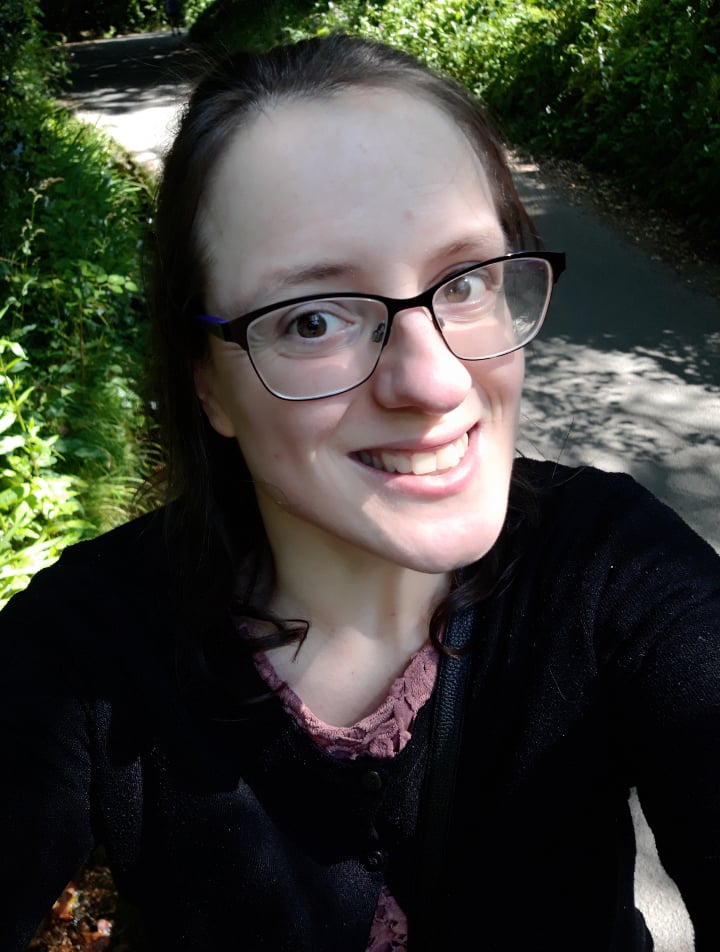
Emily is a disability and mental health campaigner, champion and speaker. She is also a writer, author, volunteer, ambassador and a disability and MOE coach. She loves art, music, playing the piano, nature and therapy dogs.
Follow Emily's blog here - www.emilynuttall.com
This article was written by Emily in November 2021






